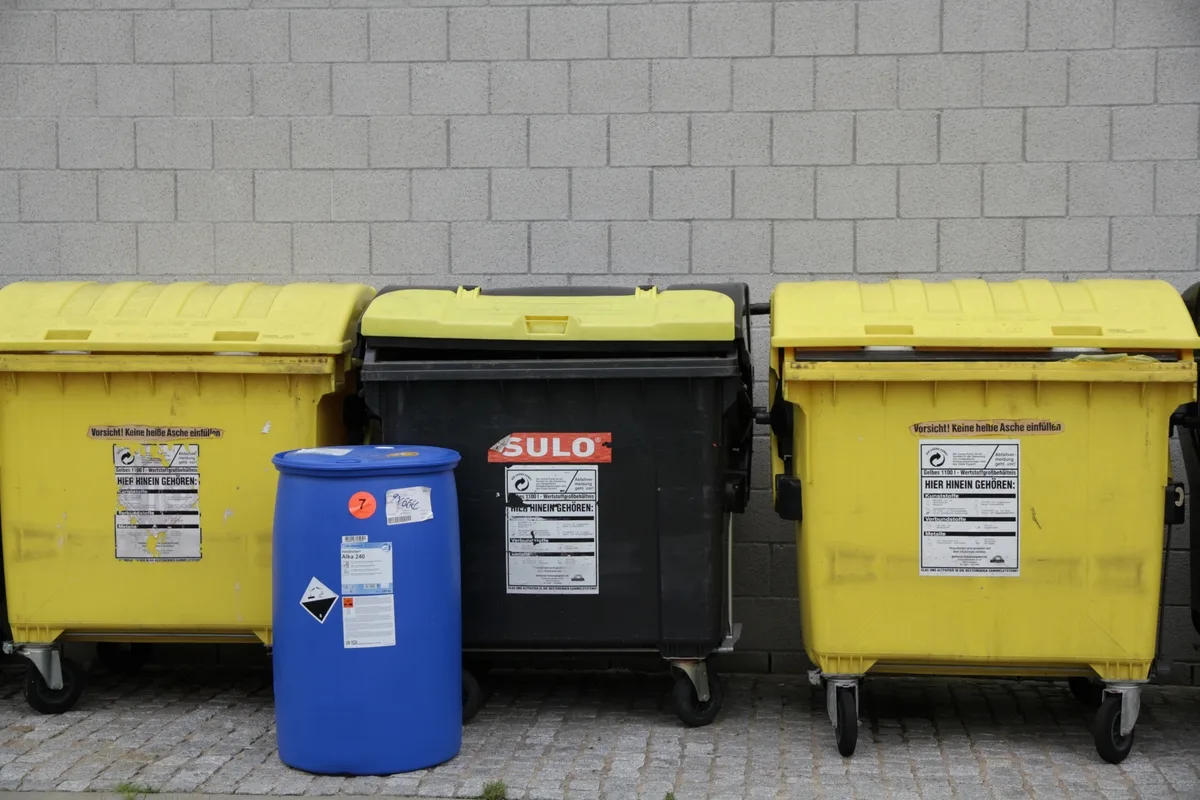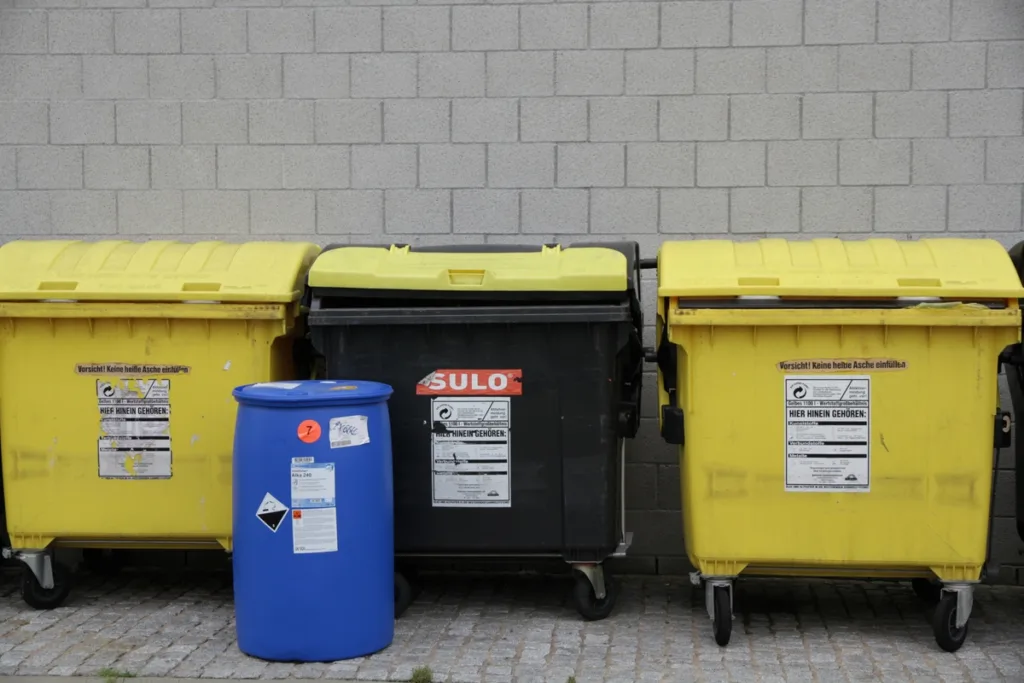Imagine you’re about to embark on a significant project, maybe renovating your home, cleaning up a large property, or overseeing a construction site. One crucial factor that might not be the first thing on your mind but is vital to the success of your project is waste management.
Specifically, how you handle the logistics of dumpster rental—ensuring you have the right dumpster delivered and picked up at the right times—can dramatically affect your project’s efficiency, cost, and overall success. In this guide, we’ll explore the best practices for optimizing dumpster rental logistics for your next big project in detail.
Understanding Dumpster Rental Logistics
What Does Dumpster Rental Logistics Involve?
Dumpster rental logistics encompass more than just renting a dumpster. It’s a comprehensive process that includes selecting the appropriate size and type of dumpster for your project, scheduling timely delivery to coincide with your project’s start, ensuring proper placement and usage during the project, and arranging for prompt pick-up once you’re done or when the dumpster is full. Effective management of these logistics can streamline your project, keeping it clean, safe, and on schedule.
Assessing Your Dumpster Rental Needs
How to Determine the Right Dumpster for Your Project
Before you even contact a roll-off dumpster rental company, take a moment to assess the scope of your project. Consider the amount and type of waste you’ll generate. Different projects require different dumpster sizes and types. For instance, a small home cleanout might only need a 10-yard dumpster, while a large construction project could require a 30-yard or even a 40-yard dumpster. Understanding your project’s specific needs helps avoid the frustration of ending up with a dumpster that’s too small or paying extra for space you don’t need.
Planning for Dumpster Delivery
Preparing for Your Dumpster’s Arrival
The success of your project’s waste management begins with the proper preparation for your dumpster’s delivery. Identify a suitable location for the dumpster that allows easy access for you and the delivery truck but doesn’t disrupt traffic or violate any local regulations. Sometimes, you might need to secure a permit for placing a dumpster on a public street. Planning these details in advance ensures a smooth delivery process and helps you hit the ground running on your project.
Effective Use of Your Rental Dumpster
Maximizing Efficiency and Safety
Once your dumpster is delivered, using it effectively is key to maximizing its value. Load the dumpster evenly, spreading the waste to make the best use of space and prevent overloading on one side. Be mindful of prohibited items and waste types that require special disposal methods. This not only keeps your project site safe but also helps you avoid additional fees for improper disposal.
Coordinating Pickup and Turnaround Times
Keeping Your Project on Track
Timely pickup of your full dumpster is crucial, especially for ongoing projects that generate continuous waste. Coordinate with your rental company to schedule pickups that align with your project’s pace, and discuss the possibility of turnaround services if you anticipate needing multiple dumpsters. Efficient scheduling keeps your site clean and prevents any delays in your project’s progress.
Overcoming Common Obstacles
Even with careful planning, you may encounter challenges, such as unexpected project delays or generating more waste than anticipated. Stay flexible and maintain open communication with your rental company to adjust pickup schedules or switch to a larger dumpster size if needed. Quick adaptation to these challenges keeps your project moving forward without significant setbacks.
Leveraging Technology for Enhanced Logistics
How Technology Can Simplify Dumpster Rental
Advancements in technology have made it easier to manage the logistics of dumpster rentals. Many companies offer online booking systems, apps for real-time communication, and digital platforms for tracking your dumpster’s delivery and pickup status. These tools can significantly simplify the planning process, giving you more control and visibility over the logistics of your waste management strategy.
Choosing the Right Dumpster Rental Company
What to Look for in a Rental Provider
The right dumpster rental company can make a significant difference in the success of your logistics planning. Look for providers known for reliability, transparent pricing, and excellent customer service. Companies that offer a range of dumpster sizes and flexible scheduling options are generally better equipped to meet your project’s specific needs.
Real-life Examples of Construction Dumpster Use in Round Rock Renovations
Learning from Successful Projects
Examining real-life examples where effective dumpster rental logistics played a crucial role in project success can offer valuable insights. Whether it’s a residential renovation or a large-scale construction project, these case studies highlight the importance of choosing the right dumpster, planning for delivery and pickup, and adapting to unforeseen challenges. They serve as practical guides for applying these strategies to your own projects.
FAQs on Dumpster Rental Logistics
A: Ideally, schedule your dumpster delivery at least a week in advance. During peak seasons or for large projects, consider scheduling even earlier to ensure availability.
A: Contact your dumpster rental company as soon as possible to discuss options, such as scheduling an earlier pickup and arranging for a new dumpster.
By following these strategies for optimizing dumpster rental logistics, you can ensure that waste management is a seamless part of your project, allowing you to focus on the work itself. Effective logistics planning not only keeps your project site clean and safe but also contributes to the overall success and efficiency of your project.











